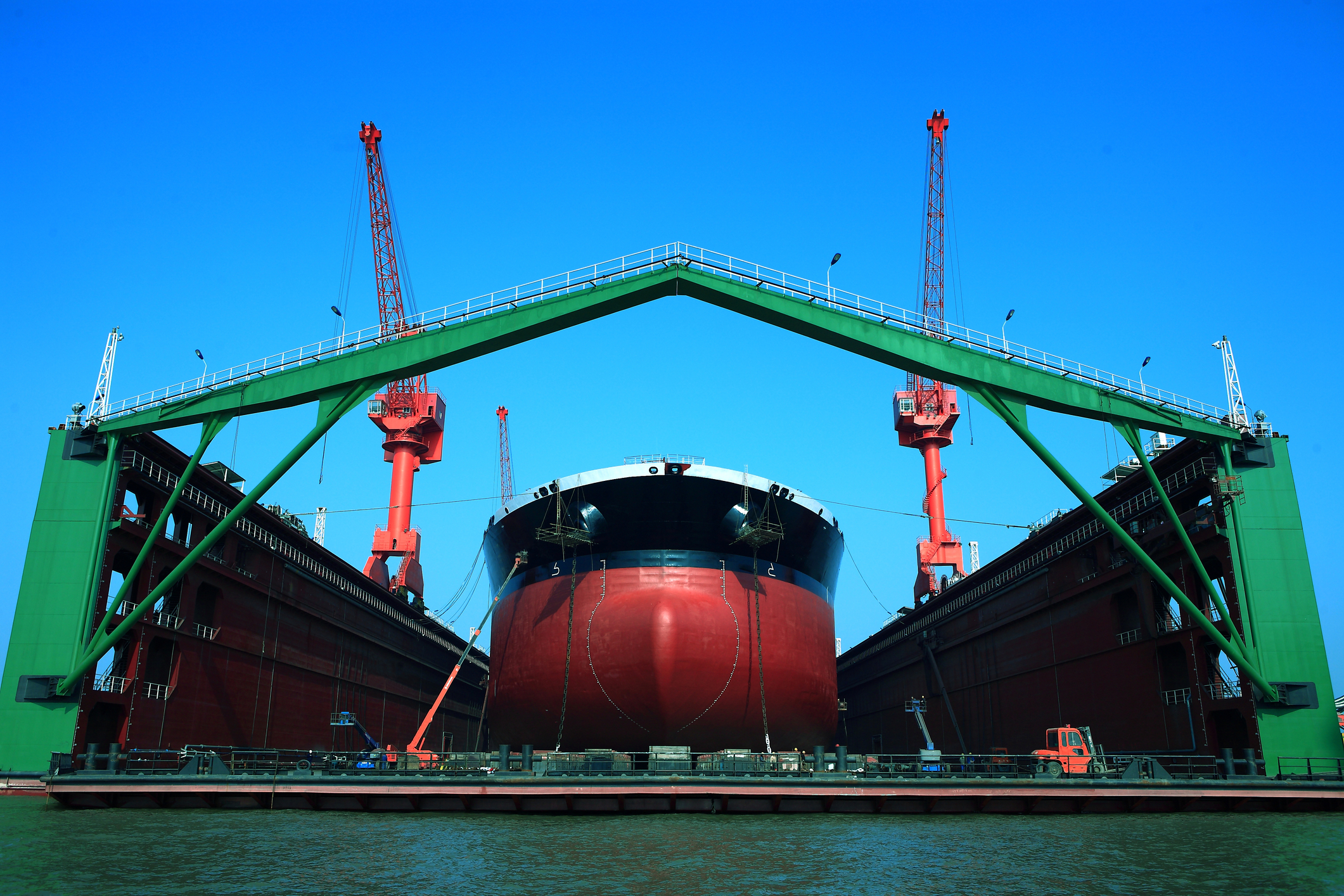Values for VLCCs have remained strong but the volume of sales has dropped off considerably from the same period last year, declining by c.67% year-on-year, according to senior content analyst Rebecca Galanopoulos. Using VesselsValue’s Timeseries product, Galanopoulos examines the current position of the VLCC market across vessel values, earnings, and S&P activity.
In accordance with the report, in the first four months of 2024, 58 sales changed hands, whereas only 19 sales were recorded over the same period this year.
Data has suggested there are fewer Chinese-built vessels being transacted due to concerns over new US tariffs.
“This considerable contraction in market liquidity indicates growing caution among buyers, who may be reassessing asset exposure amid evolving market dynamics, or it may reflect a shortage of attractive candidates on the market,” the report says.
VLCC asset values may be down c. 4.1% year-on-year, but since January 2024, 5-year-old 320,000 dwt vessels have remained stable – not dropping below $107m, a level not seen since November 2008.
Despite downward pressure, asset values could potentially have found a firm floor compared to previous cycles.
Meanwhile, TC rates for VLCCs have increased by c.5% year-on-year. “This is in contrast to the other Tanker sub sectors that have seen less volatility in earnings, primarily due to market uncertainty notably surrounding potential tariffs introduced by the United States.
“However, demand for the largest Tankers has remained stable, which is largely due to geopolitical disruptions, including tensions in the Middle East and continued sanctions on Russian crude exports, as well as recent production increases from OPEC, all of which have reshaped trade patterns and favoured larger Tankers,” senior content analyst Rebecca Galanopoulos added.
In accordance with the report, the VLCC market remains in a relatively stable position in terms of asset values and earnings, especially when compared to other tanker sectors.
However, the sharp drop in S&P activity suggests that participants are approaching the sector with increased caution.
“Going forward, continued geopolitical developments and the potential for further regulatory or economic shocks will be key factors influencing the trajectory of the VLCC market,” Galanopoulos concluded.



